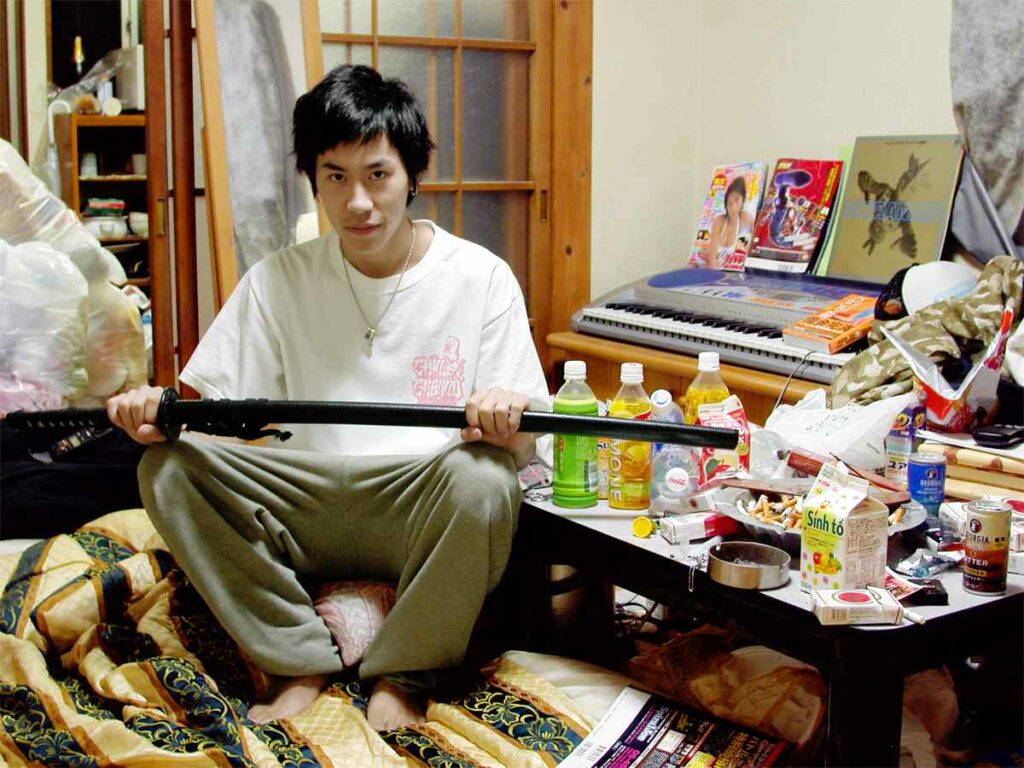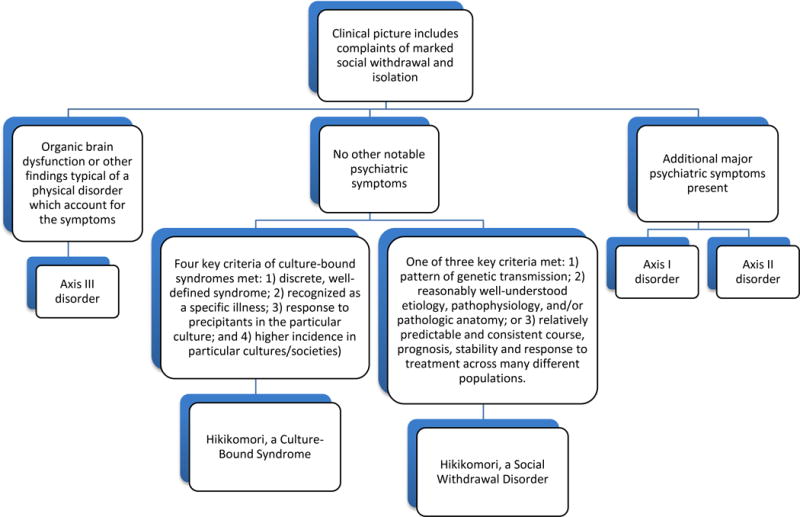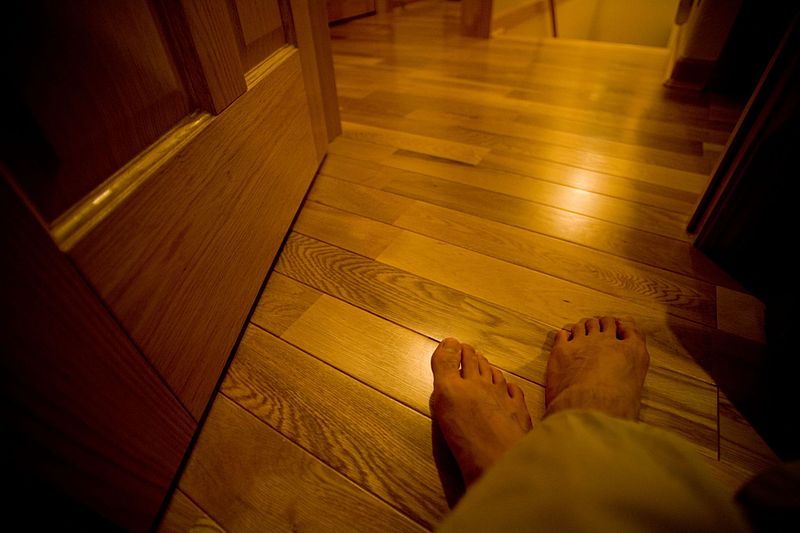
Loneliness is a big issue in Japanese society — and not only there. Especially among its older population, it has become a severe plight, and there are signs that even among the younger population, loneliness is on the rise. Among elderly men who live alone, over 15% regularly have days when they don’t speak to anyone, while 30% have no reliable people in their lives.
Japan’s aging population poses unique social challenges — but it’s not just the elderly. The so-called phenomenon of hikikomori, modern-day hermits or social recluses, has grown dramatically, and it’s no.
In 2010, the Japanese government estimated that there are 700,000 individuals living as hikikomori within Japan, with an average age of 31. Now, according to new research, the problem has become more common in many parts of the world — and we need a better diagnosis for it. In fact, one study from 2023 found evidence that the phenomenon is expanding internationally.
What is hikikomori
In the late 1990s, Japan collectively awoke to find that a large number of its adolescents and young adults were having almost no social contact at all, save for some communication with their families. It was called hikikomori (or ひきこもり in Japanese), meaning “pulling inward, being confined”. It was characterized as “acute social withdrawal”, or more colloquially — being a shut-in. Hikikomori essentially withdraw from social life without any underlying physical or mental condition.
It’s important to note that this is not the run-of-the-mill “I don’t want to see people today” introvert — the condition is characterized by extreme social isolation.
This condition also rarely changes for the better, and being a hikikomori is almost always chronic. Interviews and surveys with hikikomori have revealed that hikikomori feel strong levels of psychological distress and angst and, oftentimes, the mere thought of renouncing this lifestyle can produce distress.
Social withdrawal means hikikomori stay indoors almost every day, and they might live with their families or on their own. This is not just a form of social anxiety, most researchers studying it are pushing to classify it as a pathological condition.
What causes hikikomori

A community‐based survey published in 2010 reported that the prevalence of hikikomori was approximately 1.2% of the Japanese population, and yet a consensus about what triggers this type of condition has not yet been reached yet.
It seems to affect both genders equally and seems to often be connected to previous trauma or unpleasant social experiences (including academic failure). It appears to affect middle- and upper-middle-class families, but that might also be the case because these families can afford to fully support an isolated son or daughter, whereas in families who aren’t as well-off, potential hikikomori would be forced to go to work.
Hikikomori is similar to the social withdrawal exhibited by some people with autism spectrum disorders, but no definite connection has been established. According to Michael Zielenziger‘s book, Shutting Out the Sun: How Japan Created Its Own Lost Generation, the syndrome is more closely related to post-traumatic stress disorder, though published research suggests that this is speculative.
There is no underlying mental condition triggering this phenomenon (this is actually an important aspect in defining hikikomori), but it’s not entirely clear if this is a mental condition in itself or only an extreme form of behavior. To make matters even worse, the resulting social isolation, which is often coupled with shame or guilt coming from the family, are all barriers in identifying and characterizing these individuals.
Anecdotally, many instances of hikikomori appear connected to unpleasant or even traumatic childhood experiences. There may also be a link with dysfunctional family dynamics. Underwhelming achievements, particularly when combined with high family expectations, also seem to be factors in the development of hikikomori. Some particular social characteristics also seem to be at play.
It is no coincidence that the phenomenon first took shape in Japan. Hikikomori has been linked with a breakdown of social cohesion and a decay in social relationships, rapid urbanization, and quick technological progress — all of which are prevalent in Japan. These changes can dissociate individuals from society, making them feel out of place in any social situation. Individuals with a particularly predisposed psyche and family situation are particularly at risk.
Overall, ongoing research suggests that intrapersonal factors (self-esteem, emotional difficulties, impulse control, etc.) are greater risk factors than interpersonal ones (e.g., social anxiety, problematic peer relations, parent relationship difficulties, family functioning, etc.)
But there is one more important factor at play.
Digital age hermits
Technology, with the internet and computer games at the forefront, appears to be linked with hikikomori.

The connection between the internet and video games and hikikomori is still being researched (as is much about the hikikomori phenomenon as a whole), but it is considered, at the very least, a factor that can exacerbate this problem.
Hikikomori tend to use the internet profusely, they prefer communicating online, and they often (but not always) spend much of their time in the online world.
However, it would be too superficial to dismiss hikikomori as internet addicts. Internet use, and social media use, in particular, have exploded in recent years. A recent study found that 17–26.8% in adolescents in Hong Kong could be considered internet addicts, compared to around 1% who can be considered hikikomori. The age at which the phenomena start to emerge is also different: for internet addiction, it’s early teens. For hikikomori, it’s late teens and early adulthood.
It is possible that there is an overlap between internet addicts and hikikomori, but even then, it is not clear what causes what. Internet addiction can cause people to isolate themselves from the rest of the world, but the internet can also be a coping mechanism for people who have very limited communication with others. In addition, while the term “addiction” suggests something negative, internet addiction could actually be a good thing here.
According to some studies, the internet can actually improve the hikikomori’s quality of life, by offering a way to meet other people, including people with similar problems and common interests.
The internet is also sometimes the only way through which hikikomori interact with health professionals
Nevertheless, according to Takahiro Kato, associate professor of psychiatry at Kyushu University in Fukuoka, video games and social media have reduced the amount of time that people spend outside and in social environments, which could serve as a gateway of sorts. The emergence of smartphones, food delivery services, and all services that reduce social interaction can also have a compounding effect on the issue. Essentially, you can live your entire life from your bed or desk and this is what many hikikomori are doing.
But although the phenomenon emerged and was defined in Japan and other parts of Asia, it’s long since become a global phenomenon — and one that’s not receiving sufficient attention.
Spreading to other countries
Although the problem is still most prevalent in Japan, it has long since “spread” beyond the country’s borders. Previous studies reported the existence of Hikikomori in South Korea and Hong Kong, as well as the United States, Morocco, Oman, Italy, India, Finland and France.
Social isolation has been on the rise in many parts of the globe, and the phenomenon has taken an unexpected surge globally. But if the above-discussed causes are indeed to blame, this is hardly a surprising phenomenon.
Japan may be at the forefront of some social and technological changes, but many areas are slowly entering those phases, too. In particular, more and more parts of the world are becoming affluent enough to support young adults indefinitely (or young adults can work remotely, online, without needing to meet anyone face-to-face). It’s not always clear how hikikomori can survive or how they make money, but most come from middle-class or upper-middle-class families that can provide support for them. Needless to say, this adds an economic component to an already crippling social problem.
The cultural shift brought by technology (and the internet in particular) can also raise an abyss between children and their parents. Parents not being able to see the early signs of social isolation has been highlighted as an aggravating factor of this issue.
Interviews have shown that hikikomori are not only bound to Japan or Asia, and no single cultural aspect seems to be defining. It’s a complex phenomenon with complex causes — and given the way our society is progressing, we’d be wise to pay it more attention.
Defining hikikomori in a better way

Among the many aspects we still don’t understand about hikikomori, the lack of a clear definition is particularly pressing. This is where a new study comes in, helping define what makes a hikikomori
About a decade ago, a form of diagnostic interview was developed, but this was only semi-structured and fails to grasp the problem in its widest context. The idea of a young Japanese man, sad and isolated in his room, is not nearly sufficient to describe the problem. This definition is incomplete and insufficient, particularly as the phenomenon emerges in different countries and in different subsets of the population.
Hikikomori also isn’t necessarily permanent. A recent analysis defines it as “a psycho-sociological condition characterized by prolonged and severe social withdrawal for a time period of at least 6 months”.
Some researchers have suggested splitting hikikomori into two groups: the ‘hard’ ones, which almost never go out and don’t have face-to-face interactions with almost anyone, including their families, and ‘soft’ ones, which go out 1-3 days a week. Another classification suggests splitting them into those who live with their parents and those who live alone, as this could have somewhat different underlying causes.
Social phobia remains the core identity of hikikomori, but that’s just not enough to craft a definition. Instead, researchers from Kyushu University propose 4 key factors to define hikikomori as a pathological condition.
- First, the behavior of staying confined to home. The physical aspect of social withdrawal is the central and defining feature. The frequency of going outside still needs some further research, though, as there can be a great variety in this regard.
- Social interactions are not desired, but also not necessarily avoided. This comes in direct contradiction with previous surveys, but researchers say that in their interviews, hikikomori report having few meaningful social interactions — but deny avoiding social interaction. This would also indicate that hikikomori is not related to another social anxiety disorder.
- Functional impairment should be carefully assessed. Some sort of functional impairment is present in all pathological conditions, but this should be evaluated in its rightful context. Particularly as people spend more time in social isolation, feelings of loneliness or depression are more likely to appear, but these are not necessarily an underlying cause — they might be an effect.
- Lastly, hikikomori cannot be explained by other psychiatric disorders. It is clear that this disorder tends to co‐occur with other conditions and this relationship is still being investigated. It is also possible that hikikomori triggers a series of mental affections, but it may not be strictly caused by external diseases. The internet and other technological aspects cannot be considered causes by themselves.
Recognition, understanding, and treatment

A generation of hikikomori has already passed, and society is still not sure how to deal with this phenomenon.
The problem has been exacerbated by a lack of recognition. Parents rarely want to accept that there is an issue, or might be quick to overlook it as a “teen thing”. Accepting it as a reality and attempting to deal with it is a crucial first step.
Secondly, this issue is still poorly understood, partly because it is relatively new, but also because up until very recently, there have been very few studies conducted outside of Japan. This is starting to change and several promising studies are ongoing.
Thirdly, while there is likely no silver bullet, a therapeutic approach can help make a difference.
Particularly with advances in digital and communication technology that provide alternatives to in‐person social interaction, hikikomori may become an increasingly relevant concern. But these communication channels can also serve as leverage in helping deal with this phenomenon.
Some have argued that hikikomori might be a non-pathological or dissociative response to distress, but this phenomenon indicates a changing relationship between teenagers and their parents, as well as the surrounding environment. We’d be wise to pay it more attention.


